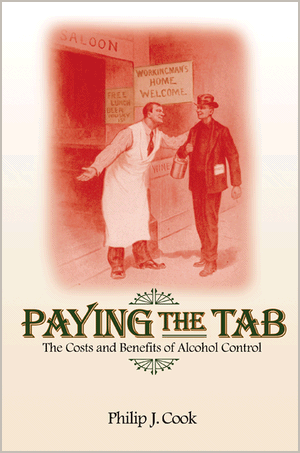 |
| http://www.choosingraw.com/neda-week-2014-considering-orthorexia/ |
Do you or do you know someone who adheres to a self-imposed dietary restriction that make going out for a simple meal a major headache? Do they sometimes go to the extreme of not eating because the food doesn't pass the "clean" test? Does a simple trip to the supermarket turn into a time consuming and stressful event during which every label must be carefully studied?
We all know vegetarians, rawfood enthusiasts, glutenphobics, pescartarians, freegans or just picky eaters. When does health consciousness become pathological? When does it become an eating disorder?
Eating disorders is primarily a problem of the West though it might be more accurate to say it's a problem in wealthier countries. In no way do I want to minimize the seriousness of eating disorders, a serious medical and mental health issue. But the fact that one in nine people in the world do not consume enough food to sustain a healthy life makes this disease especially poignant. Having an abundance of choices sometimes can be problematic.
Eating disorders (anorexia nervosa and bulimia) can cause amenorrhea, damage to the teeth, and in extreme cases it can even cause death.
So what exactly is orthorexia? Ortho (straight, rectangular, upright, as in orthodontics and orthopedics) + orexia (desire, appetite). Anorexia = loss of appetite or lack of desire for food. Orthorexia: rigid appetite.
Orthorexia has not been recognized by the DSM, so it is not an official diagnosis, yet. Professionals in the field define orthorexia pathological desire to eat healthily, so much that it interferes with a "normal" life and jeopardizes physical health.
Experts say orthorexia becomes life-threatening when people's food restrictions make it impossible for them to take in enough calories and nutrients to maintain good health. Bell recently treated a 14-year-old girl who ate only raw fruits and vegetables. She dropped to 80 pounds and had to be hospitalized for an irregular heartbeat.Orthorexia is one example of a healthy enthusiasm that becomes an addictive behavior creating harm and decreasing one's quality of life.
